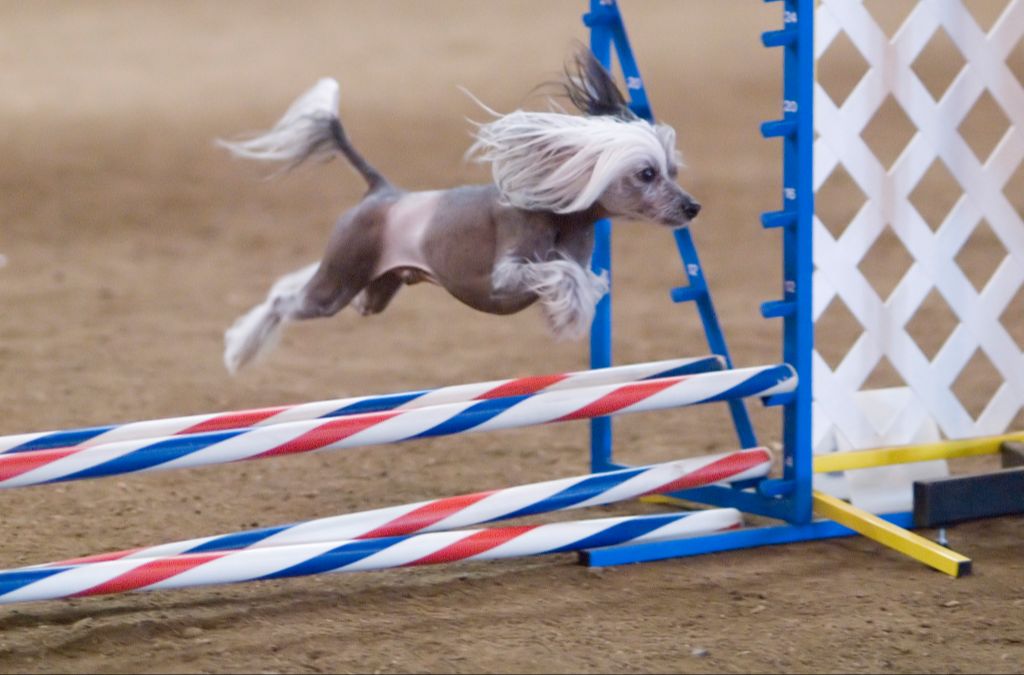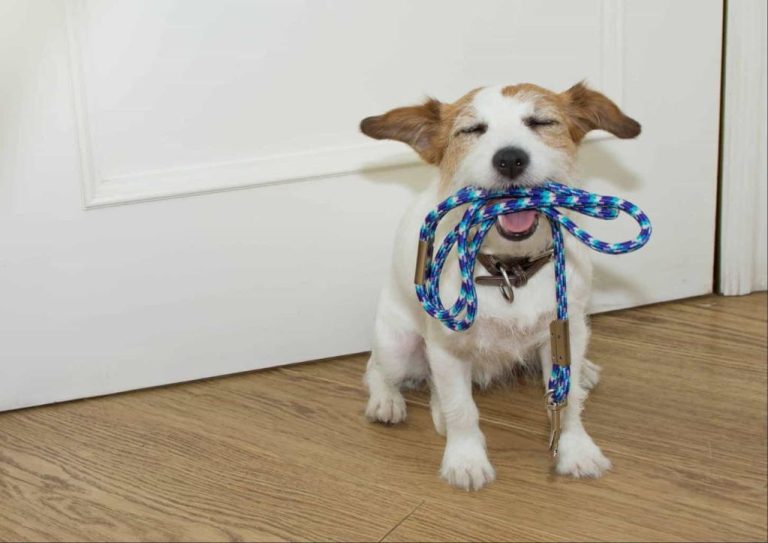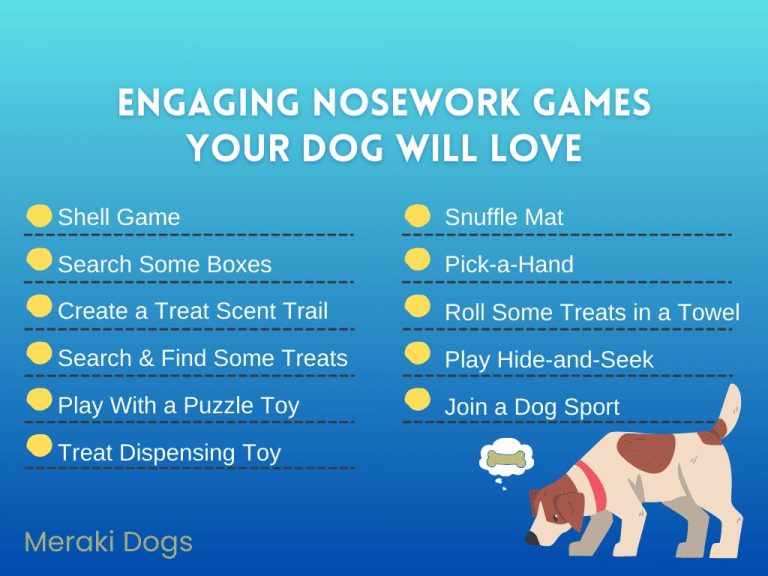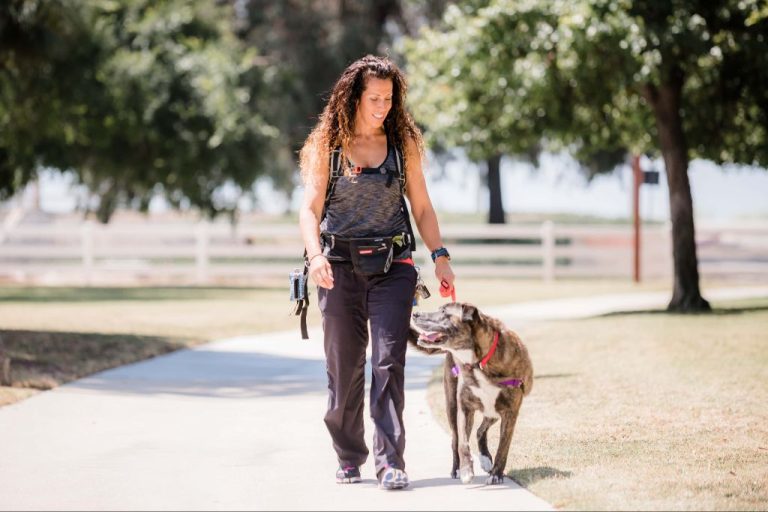Advanced Training Techniques For Canine Sports
Dog sports, or canine sports, refer to organized events aimed at showcasing and testing a dog’s athletic ability and instincts. These competitive events have become extremely popular with dog owners as a way to spend quality time with their pooches while engaging in fun, rewarding activities. Canine sports test both the dogs’ natural abilities and the specialized skills they learn through training.
In recent decades, participation in canine sports has exploded in popularity. According to the American Kennel Club (AKC), over 20,000 dog events are held annually just for AKC-recognized sports. Some major canine sports include agility, obedience, flyball, disc dog, dock diving, lure coursing, and weight pull. These sports continue to grow as more dog owners discover them.
The most popular canine sports focus on key dog attributes. Obedience highlights trained behavioral commands. Agility involves speed, dexterity, and accuracy as dogs navigate obstacles. Flyball features relays where dogs race to trigger a box to release a ball. Disc dog centers on catching and jumping to collect a flying disc. Dock diving measures how far dogs can leap from an elevated dock into water. Weight pull tests strength by having dogs pull weighted carts. Lure coursing allows dogs to chase bait pulled along a course. All canine sports allow dogs to thrive by using their natural abilities.
Obedience
Obedience competitions test a dog’s ability to follow commands and perform skills under the instruction of their handler. The most popular obedience events are sanctioned by the American Kennel Club (AKC) and include Novice, Open, and Utility levels that get progressively more difficult.
Some of the key commands dogs must master for obedience trials include heel, sit, down, stay, come, stand, and go out. Handlers use verbal cues and hand signals to direct the dog through a series of exercises that demonstrate the dog’s training, attention, and teamwork with their handler.
To prepare a dog for competition obedience, trainers use techniques like luring, shaping, chaining, and proofing behaviors. For example, the AKC recall can be trained by gradually increasing distance and adding distractions over time, as explained in this training video: How to Train Your Dog the AKC Recall for Better Scores. Another important technique is building duration for heel position, as covered in this article: Competition Heeling With Your Dog And How To Improve Duration.
Agility
Agility is a dog sport that requires speed, focus, and teamwork between a handler and their canine partner. Dogs must navigate an obstacle course with guidance from the handler’s voice and body language. Agility challenges a dog’s athleticism, training, and bond with their handler.
Agility competitions sanctioned by the American Kennel Club (AKC) consist of courses with obstacles like hurdles, tunnels, weave poles, seesaws, and more. Courses are designed by judges and vary in shape and complexity. There are different competition levels – Novice, Open, Excellent, and Master – that increase in difficulty as teams advance in skills.

According to the AKC’s 4-H Dog Project Manual (https://www.akc.org/wp-content/uploads/2022/03/4-H-manual-FINAL-jan18-2022.pdf), the Novice level focuses on basic handling maneuvers, while the Open and Excellent courses demand more complex handling and training. At the Master level, courses are intricate and require a high degree of skill from both dog and handler.
To excel in agility, dogs require conditioning to build fitness, speed, and body awareness. Handlers use techniques like shaping behaviors through positive reinforcement and refining communication commands. According to AKC TV (https://akc.tv/watch/26/958/subtopic/agility-1), agility strengthens the bond between handler and dog as they work as a coordinated team.
Flyball
Flyball is a fast-paced relay race between two teams of dogs who jump a series of four hurdles to trigger a box to release a tennis ball which they catch and bring back to their handler (Milwaukee Dog Training Club). It involves dogs racing against each other and against the clock. Competitions take place on a 51-foot long course with lanes set at least 12 feet wide. NAFA (North American Flyball Association) sets the rules and sanctions tournaments.
Training focuses on teaching dogs to safely run and jump, retrieve the ball quickly, and pass it to the next dog in the relay. Handlers use positive reinforcement techniques and work on one skill at a time. Key skills include the “box turn”, where dogs hit the flyball box pedal with their front feet to release the ball, and the “swim back”, where dogs hold the ball until passing it to the next dog. Consistency and speed are both emphasized.
The main equipment needed is regulation flyball boxes, hurdles, balls, and ball launchers. Electronic timers are also used. Building speed involves gradually increasing height of hurdles and distance between them as dogs improve. Teams start practicing on shorter courses and work up to full 51-foot lanes. Handlers motivate dogs using high value rewards.
Disc Dog
Disc dog competitions involve dogs chasing, catching, and returning a flying disc. There are several key aspects of training a dog for disc dog competitions:
Competition Overview: There are various disc dog competition events, such as freestyle catching, distance catching, disc vaulting and more. Competitions award points for successful catches and dog/handler teamwork (Doggyloveandmore).
Throwing Techniques: Using proper disc throwing form is important, like maintaining good posture, using the legs and core for power, and releasing the disc flat. Consistent throwing improves the dog’s ability to predict the disc flight path (Disc Dog University).
Teaching the Catch: Start by rolling discs on the ground, then work up to short tosses and having the dog bring it back. Use treats and praise to reinforce successful catches. Gradually increase distance as skills improve (Paws’n’Effect).
Building Skills: Practice catching discs in different situations, like adding distractions, using multiple discs, and incorporating obstacles. Maintain training consistency while increasing challenges to develop advanced disc dog skills.
Dock Diving
Dock diving involves dogs jumping from an elevated dock into a pool of water. It is an exciting canine sport that tests a dog’s jumping ability and drive. Dock diving competitions consist of two main events – the Big Air event and the Extreme Vertical event.
In Big Air, the dog runs down the dock and leaps for distance. The dog that jumps the farthest distance wins. For Extreme Vertical, dogs are judged based on how high they jump. The dog that has the highest vertical jump is the winner.
Training for dock diving requires building drive, confidence, and vertical leaping ability. Trainers use toys, treats, and platforms to build drive and teach the jumping behavior. Start low and gradually increase height as the dog’s confidence grows. Clicker training can capture the moment the dog leaps. Always make sure the platforms and dock are secure.
Safety is paramount. Don’t overwork puppies or dogs new to jumping. Allow adequate warm up and cool downs. Avoid slippery surfaces. Check water depth. Use support harnesses until dogs gain experience. Never force dogs to jump, let them progress at their own pace.
With positive training methods, dock diving can strengthen the bond between handler and dog. The atmosphere of competitions is lively. Spectators will thrill to see the dogs launch themselves into the air or water. For dogs that love to leap and swim, dock diving can be an incredibly fun way to engage their energy and natural abilities.
Weight Pull
Weight pull competitions test a dog’s raw strength and endurance by having them pull a weighted sled or cart a set distance as quickly as possible (Weight Pull Rulebook). During a competition, the weight is gradually increased with each successive round, and the dog that can pull the most weight wins.
The main pieces of equipment needed are a weight cart or sled, weights, and a pull harness for the dog. Carts have two parallel rails 16 feet long and the weights slide onto the rails. Sleds can be made of wood, aluminum, or steel and also have an area to slide on weights. The harness needs to properly distribute force across the dog’s shoulders and chest to avoid injury.
Building muscle strength is crucial for success in weight pull. Resistance training, dragging weighted objects, using spring poles, and swimming are effective ways to build strength. It’s important not to overdo it too quickly to avoid straining muscles or joints. Technique also matters – dogs should lean into the harness using their rear legs to drive forward versus pulling solely with their front legs.
With proper conditioning and technique, weight pull provides an excellent strength workout for dogs while allowing them to exhibit their natural pulling instincts (Working Big Dogs). It builds confidence and focus as they strive to beat their personal best.
Lure Coursing
Lure coursing is a competitive dog sport that tests a dog’s instinctive prey drive by chasing a moving lure around a course. The lure is mechanically operated to simulate a live prey animal. Lure coursing events are typically open to sighthound breeds like Greyhounds, Whippets, and Afghan Hounds, who are bred to have a strong desire to chase. However, with proper training, dogs of any breed can develop the necessary speed and drive to compete.
Competitions are all about testing a dog’s ability to follow the lure and complete the course with enthusiasm and speed. The field has pulleys and turns that require agility and quick reflexes. Dogs are scored on their overall coursing ability and speed. There are straight races as well as structured courses. Top competitors can qualify for national and international events like the AKC National Lure Coursing Championship.
The equipment is designed to be safe while still testing a dog’s ability. A motorized lure made of plastic strips travels 10-30 feet in front of the dogs on a wire line. An electronic, continuous loop system allows for smooth speed adjustments. Open fields are required to allow for long straight runs as well as turns. Fencing, gates and pulleys guide the lure through the course layout. The terrain is natural like grass and dirt [1].
Developing a strong chase drive involves utilizing prey-like toys and encouraging your dog’s natural instinct to give chase. Start with a toy on a flirt pole or fishing line and zigzag it across the ground until your dog is enticed to run after it at full speed. Slowly introduce turns and corners to improve agility. As your dog’s interest grows, transition to a motorized lure at a distance, using food or toys to build drive. Reward and praise during training sessions to reinforce the behavior.
Good technique includes an intense focus on the lure, quick explosive starts, nimble footwork around turns, and the ability to quickly recover the lure if lost. With practice, dogs learn to pace themselves, watch for direction changes, and run with endurance at top speed. Proper conditioning with interval training, sprints, endurance and agility drills will optimize performance. Handlers learn timing of releases and encouragement, while staying safely outside the course boundaries.
Conditioning
Proper conditioning is crucial for keeping canine athletes healthy and performing at their peak. There are four main aspects of conditioning to focus on: endurance, strength, flexibility, and injury prevention.
Endurance training develops a dog’s cardiovascular and respiratory systems through aerobic exercise like brisk walking, trotting, swimming, etc. Building endurance allows dogs to compete at high intensity levels for longer periods of time without tiring or slowing down [1].
Strength training using bodyweight exercises like sit-to-stands, cavalettis, and balance work helps build muscle, boost power, and prevent injuries. Core exercises to target abdomen, back, and hip muscles are especially important. Gradual progressive loading will maximize strength gains [2].
Flexibility prevents muscle strains and sprains. Stretches before and after activity keep muscles long and mobile. Massage and range of motion exercises improve flexibility. Hydrotherapy and swimming are low-impact ways to increase range of motion.
Lastly, conditioning for injury prevention means working on balance, proprioception, and body awareness. Cavalettis, wobble boards, and other functional fitness tools stimulate neuromuscular control to enhance stability and coordination.
Conclusion
In conclusion, proper training and conditioning are essential for canines participating in competitive sports. We covered key training techniques for various sports including obedience, agility, flyball, disc dog, dock diving, weight pull, and lure coursing.
To summarize, focus on positive reinforcement techniques, proper conditioning to build strength and endurance, and incorporating cross-training methods. Work at your dog’s pace and do not push too hard too soon to avoid injury. Always make training fun by using rewards, toys, and praise.
The human-canine bond is strengthened through the training process. Working cooperatively helps establish trust and communication. Proper training promotes good behavior and skills for canine athletes to thrive in their chosen sports. With dedication and patience on both sides, the human-dog team can achieve excellent results.






